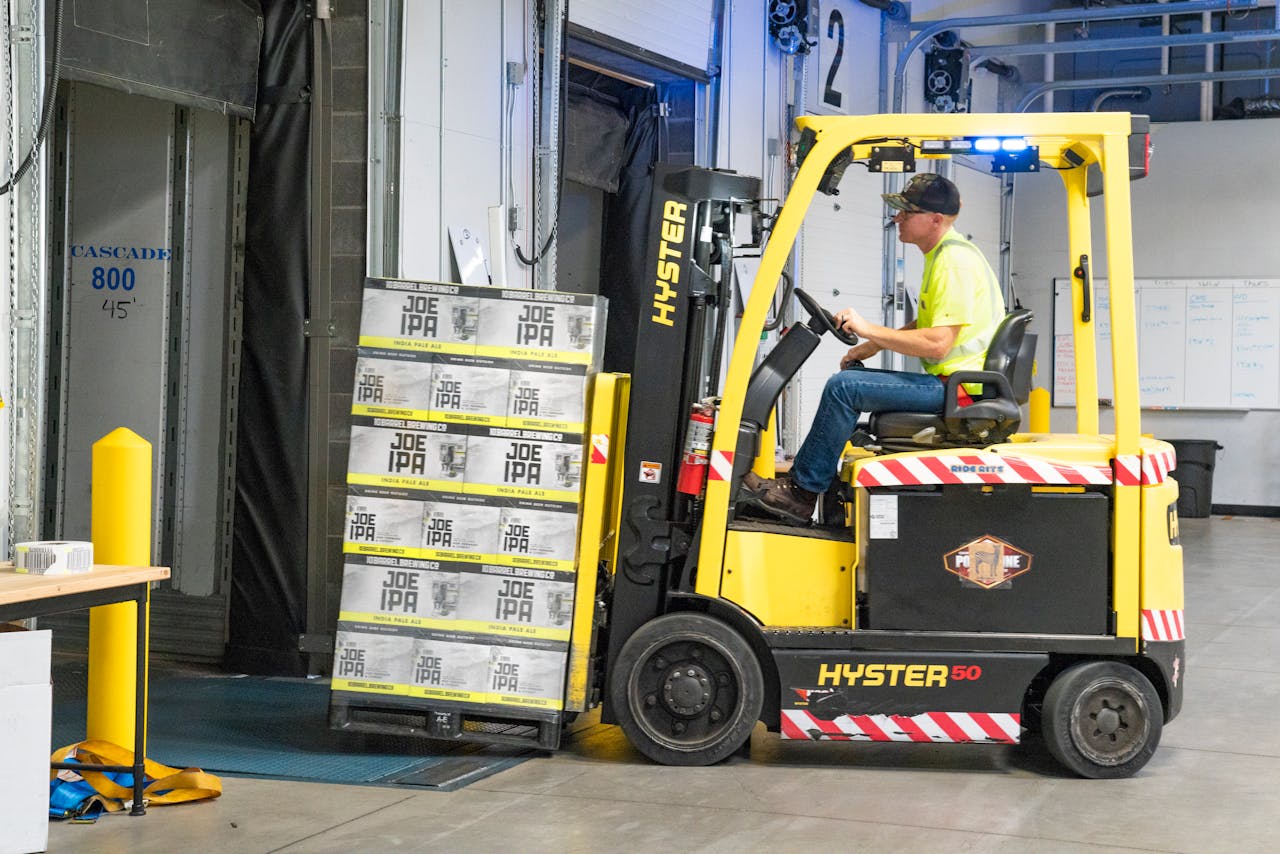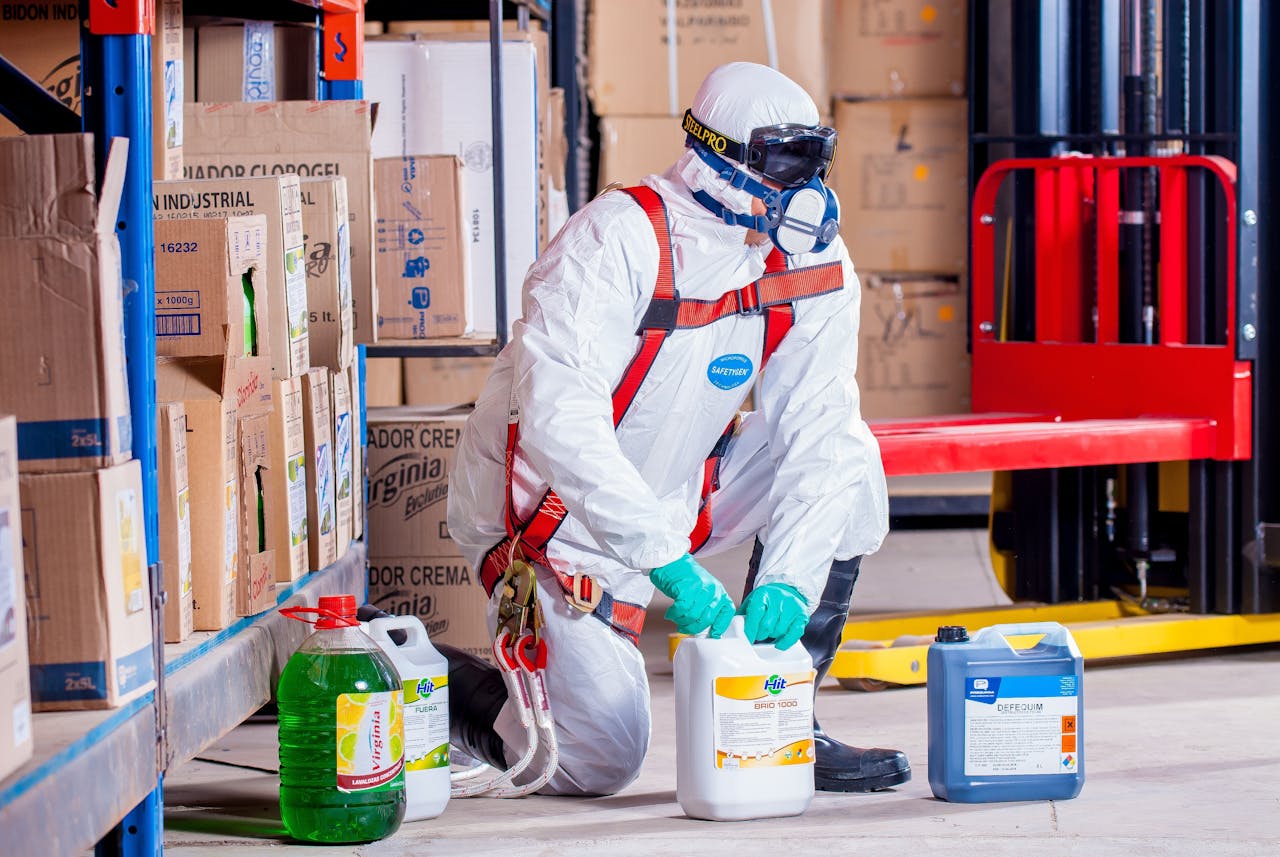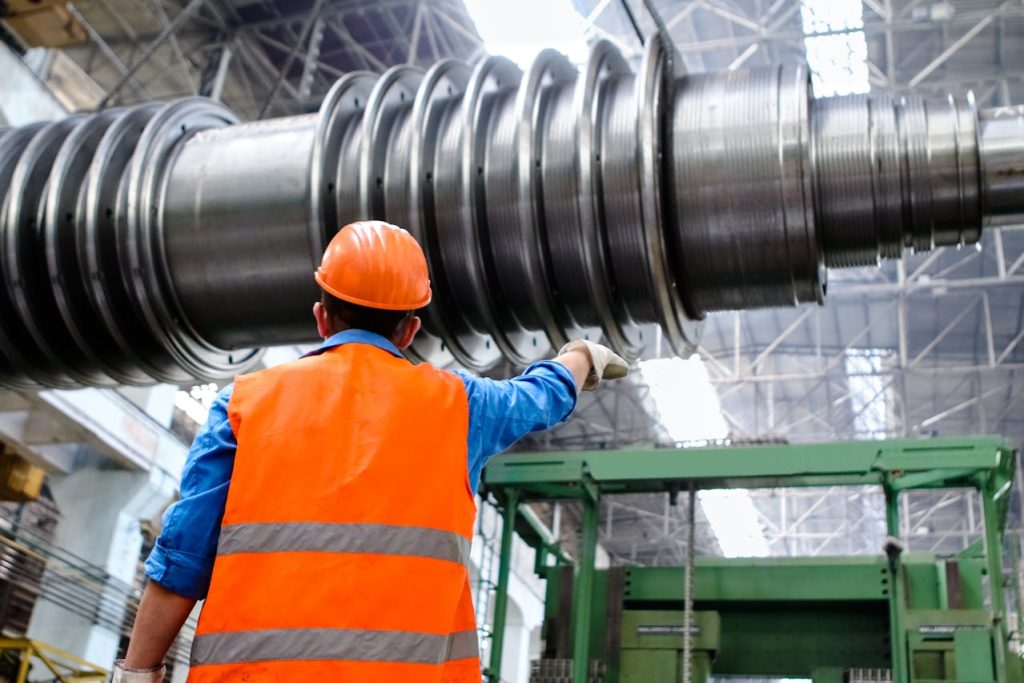In high-stakes industrial environments, the margin for error is razor-thin. Specialised tools like pressure gauges and temperature sensors act as silent guardians, ensuring processes stay within safe parameters. These devices form the backbone of modern safety protocols, from chemical refineries to energy plants.
Consider a gas pipeline without real-time monitoring systems. A minor pressure spike could escalate into catastrophic failure. Through continuous data collection, operators detect anomalies before they compromise worker wellbeing or equipment integrity. Automated alerts enable swift interventions, reducing reliance on manual checks.
Industries such as oil and gas exemplify this need. Sensors tracking volatile compounds or extreme temperatures provide life-saving insights. Rigorous compliance standards further emphasise how these technologies minimise operational risks. They’re not just tools – they’re the first line of defence against disasters.
Key Takeaways
- Precision instruments like gauges and sensors maintain safe operational limits
- Real-time monitoring prevents hazardous incidents in high-risk sectors
- Chemical and energy industries rely heavily on automated safety systems
- Data-driven approaches reduce human error and improve compliance
- Modern equipment enables rapid responses to pressure or temperature changes

The Role of Instrumentation in Preventing Industrial Accidents
Behind every safe industrial operation lies a network of watchful devices. These tools track crucial metrics like pressure build-ups, gas leaks, and temperature fluctuations. When anomalies occur, they act faster than human reflexes ever could.
Monitoring Critical Conditions: Pressure, Temperature, and Gas
Take steam boilers as an example. Pressure sensors here automatically trigger shutdowns if readings exceed safe thresholds. Similarly, gas detectors in refineries sound alarms at 10% below explosive limits. This proactive approach keeps chemicals and volatile substances in check.
Real-time Alerts and Emergency Shutdowns
Modern systems don’t just collect data – they scream for attention. A petrochemical plant in Texas recently avoided disaster when remote notifications alerted operators to a valve failure. Within seconds, automated protocols isolated the compromised section.
Case Studies and Examples from Industry
In 2023, a European refinery credited its multi-layered monitoring systems for preventing a major gas leak. Sensors detected trace amounts of hydrogen sulphide during routine maintenance. Quick evacuation protocols kept workers safe.
Another case involved a pharmaceutical facility’s temperature controls. When cooling systems faltered during a heatwave, backup chillers activated automatically. This prevented degradation of sensitive compounds, showcasing how integrated devices maintain both safety and product quality.
Why Is Instrumentation Critical for Industrial Safety?
Regulatory adherence forms the backbone of workplace protection strategies. Agencies like the EPA and OSHA mandate strict guidelines for handling hazardous materials and operating machinery. Modern instrumentation systems simplify compliance by providing auditable data trails and real-time documentation.
Keeping Operations Within Legal Boundaries
Regular calibration checks ensure devices like gas detectors maintain accuracy. A pharmaceutical company recently avoided £2 million in fines after their sensors identified a calibration drift during routine checks. This proactive approach prevents equipment failures and keeps facilities within emission limits.
| Compliance Factor | Manual Processes | Automated Systems |
|---|---|---|
| Data Accuracy | 75-85% | 98-99% |
| Response Time | 15-30 minutes | Instant |
| Audit Readiness | 72 hours prep | Real-time access |
When Machines Outperform Manual Checks
Automated flow controllers in food processing plants demonstrate this shift. Where workers might miss a 0.5°C temperature variation, sensors trigger alerts instantly. This precision prevents spoilage while maintaining hygiene standards.
Batch recording systems in chemical manufacturing offer another example. They eliminate transcription errors by directly feeding readings into central databases. Operators then focus on analysis rather than data entry, creating safer working conditions.
These technological safeguards don’t just meet regulations – they build trust with communities and regulators alike. By prioritising accurate equipment, industries protect both their workforce and operational continuity.

Automated Instrumentation for Safeguarding Workers in Hazardous Areas
Modern industries face a constant balancing act between productivity and personnel protection. By replacing manual interventions with intelligent equipment, facilities drastically reduce exposure to dangerous conditions. This shift isn’t just about convenience – it’s rewriting safety playbooks across high-risk sectors.
Eliminating Manual Risks in High-Hazard Environments
Climbing ladders to check chemical tank levels? That’s becoming history. Wireless sensors now track liquid volumes remotely, keeping workers grounded. In gas processing plants, automated monitoring detects leaks faster than any human nose, slashing inhalation risks.
A North Sea oil platform showcases this progress. After installing pressure transmitters on flare stacks, manual inspections dropped by 70%. Workers no longer brave icy walkways to read analogue gauges. Similar stories emerge from pesticide manufacturers using laser-based devices to monitor volatile chemicals.
Boosting Data Accuracy and Operational Efficiency
Automation doesn’t just protect people – it sharpens decision-making. Digital systems record temperature fluctuations with 0.1°C precision, eliminating guesswork. This granular data helps optimise processes while maintaining safety buffers.
Consider this comparison:
| Metric | Manual Checks | Automated Systems |
|---|---|---|
| Readings per hour | 4-6 | Continuous |
| Error rate | 12-18% | <0.5% |
| Hazard zone entries | Daily | Monthly |
A Midwest refinery using these advanced instrumentation solutions reduced process deviations by 83% in 2023. Their teams now focus on strategic improvements rather than routine meter checks. Fewer failures, smarter control – that’s the new industrial safety equation.
Conclusion
In modern industrial settings, reliable instrumentation forms the backbone of effective safety protocols. These systems act as vigilant partners, constantly tracking pressure levels, gas concentrations, and temperature fluctuations. When properly maintained, they create an essential safety net that protects both workers and facilities.
Our analysis of real-world scenarios – from Texan oil refineries to European chemical plants – demonstrates how automated alerts prevent equipment failures. Instant notifications enable swift responses, whether it’s a valve malfunction or unexpected pressure spike.
Regular calibration remains non-negotiable for maintaining accuracy. A recent industry example saw sensors detecting a 0.3% gas level variation that human checks might miss, triggering necessary shutdowns. Such precision transforms risk management across volatile environments.
By prioritising advanced instruments and data-driven processes, facilities achieve dual benefits: enhanced protection and operational efficiency. The latest control systems reduce manual checks by 80% in some sectors while improving compliance records.
We champion these technological safeguards as fundamental to modern industry. Explore how upgraded instrumentation solutions could strengthen your safety framework – because when equipment performs flawlessly, everyone breathes easier.



